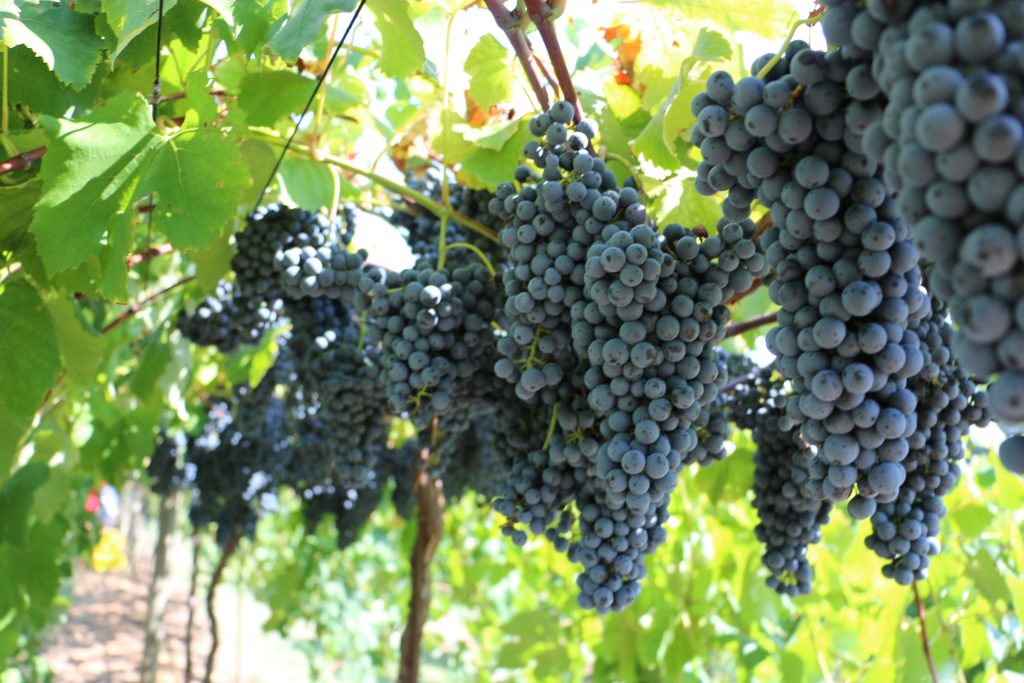By Clint Thompson
Georgia grape producers should be aware that the University of Georgia has resources to test for fungicide resistance of multiple pathogens in wine grapes.

These pathogens include powdery mildew, downy mildew, ripe rot and Botrytis. But only in certain instances should growers send samples to the Plant Molecular Diagnostic Lab in Tifton, Georgia.
Phil Brannen, University of Georgia Cooperative Extension fruit disease specialist, highlighted fungicide resistance testing in the UGA Extension Viticulture Blog.
“If you’ve been spraying for a while and see a breakdown in disease control, it could just be natural that the weather is conducive to the fungus, and even though you’re spraying and the fungicide is active, you could still have a loss of control in some years. But if you’re having serious disease, and in particular you see the disease, it’s not a bad idea just to have those tests run,” Brannen said. “That will tell you whether or not you have a concern or not; especially with botrytis and the ability of it to overcome so many classes of chemistry, I think you need to do that one on a yearly basis. I think that’s just something you should do as a matter of fact.”

Brannen said growers with concerns of their QoI (Abound and similar fungicides) or DMI fungicides, it is best to hold off until they see the disease and then get tested. Testing allows a producer to switch fungicide classes to those that are active compared to spraying materials that show less efficacy.
“If you’ve always had good control and you don’t have good control this year, then it’s definitely time to test it,” Brannen said. “We have to spray grapes a lot and we try to utilize as many classes of chemistry as we can as far as fungicides go, but unfortunately some of the fungicide classes are starting to break down in their activity against the fungi that we’re concerned about. We’ve done a pretty extensive survey on the QoI looking at downy mildew and powdery mildew, and we know where people have utilized that class of chemistry for a while, it probably is not working. If you’ve been using it for eight, nine or 10 years, it should probably not have any activity at all.
“Unfortunately, you just can’t use it for that anymore. It could still be utilized for other fungi but as far as for those in particular, that’s a problem.”









